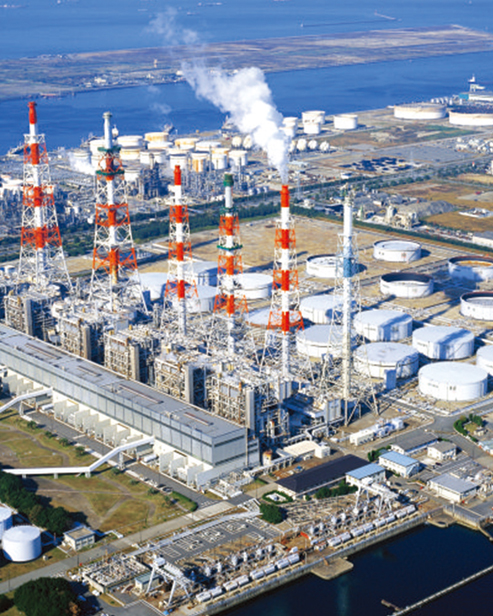China Glass Lifts Manufacturers,Food Elevators Suppliers +86-572-3305657
China Glass Lifts Manufacturers,Food Elevators Suppliers +86-572-3305657
Generally, anti-corrosion elevators are used in areas w […]
Generally, anti-corrosion elevators are used in areas with a corrosive environment such as chemical plants and fertilizer manufacturing facilities. They are also used in some industries, such as the transportation of vehicles and goods. They can be hydraulic, electrical, or traction type. These types of elevators have several advantages over conventional elevators. These include a longer service life, higher safety, and lower total lifetime cost. However, they are also more difficult to maintain. Therefore, it is essential to carefully inspect them for possible defects. During installation, it is important to take the necessary precautions to protect them from corrosion.
First, make sure that the blade portion of the guide rails is protected from corrosion while in storage or during shipment. The best way to do this is to cover it with a removable plastic layer. The plastic layer will protect selected surfaces from corrosion and will also serve as a mask to prevent paint from getting on the blade portion guiding surfaces.
To make sure that the blade portion of the guide is corrosion-free, you can apply a thin layer of a corrosion inhibitor such as asphaltic inverted emulsion. This layer will dry in just five hours and will provide a firm textured dry film. You can also paint the base portion of the guide to protect it from corrosion.
The next step in installing an anti-corrosion elevator is to choose appropriate materials for the different parts of the elevator. In general, you should use premium-grade alloy steels to provide the highest durability and stability. You should also consider using heat-treatable martensitic stainless steel if you are transporting caustic materials. You may also want to consider upgrading the chain pins with stainless pins or plated bushings.
Using an elevator in a corrosive environment can be very dangerous. It can lead to environmental damage and personnel safety risks. It can also lead to a larger amount of replacement parts required. Therefore, it is important to choose an elevator that is designed specifically for this type of environment. It is also important to keep it in good condition.
You may want to consider installing an anti-corrosion elevator at your plant. In fact, there are several types of anti-corrosion elevators, including traction, hydraulic, and rack and pinion. The traction anti-corrosion elevator is especially designed to handle more floors. The hydraulic anti-corrosion elevator has also been used in several industries, such as chemical plants.
Using an anti-corrosion elevator is a safe and effective way to convey hazardous and toxic materials. However, it is important to understand the technical specifications of the elevator and take care of the maintenance of the machine. It is also essential to make sure that the spare parts are stored properly and are kept in good condition.
During installation, the guide rails must also be protected from corrosion. Guide rails include the blade portion, which is the part of the guide rail that is used for the movement of the elevator car. Guide rails are usually made of steel. However, there are other materials that can be used for this purpose.

Please leave your Email or phone nomber, so we can contact you as soon as possible.